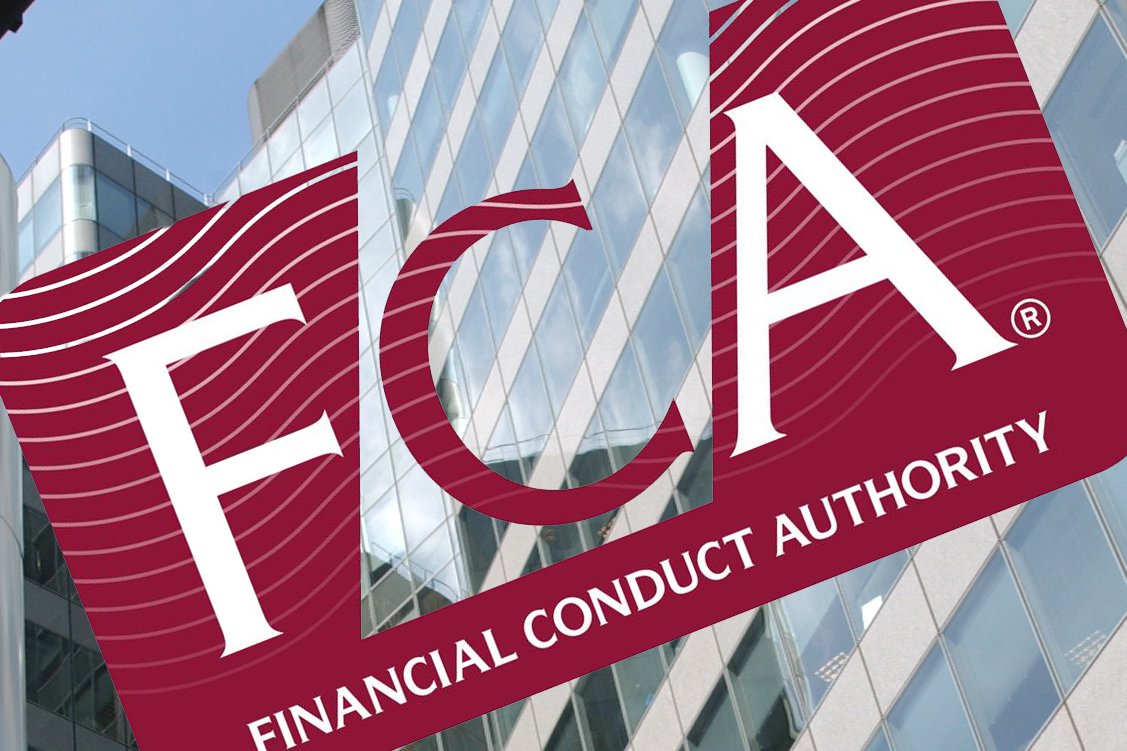By Matthew Cady, Investment Strategist at Brooks Macdonald.
What is happening
Ahead of the Fed’s Jackson Hole Economic Policy Symposium later this week, markets are trying to work out what will happen to US Treasury yields when the Fed starts to taper. Unfortunately for investors, there is no clear cut answer.
What does taper mean on paper
Currently, the US Federal Reserve is engaged with Quantitative Easing, QE, buying $120bn a month across Treasuries ($80bn a month), and Mortgage-Backed Securities ($40bn a month). Taking a simplistic view, if the Fed starts to taper (and ahead of Jackson Hole later this week, the Fed’s July meeting minutes showed that most members favoured a start to the taper by the end of this year), then with a relatively smaller buyer of Treasuries in the market, there is an impetus for the price to fall and yields to rise.
The reality is not clear cut
The first-order impact of the scale of Fed asset purchases is not the only factor that markets will have to weigh. Crucially, we have to think about market expectations as well. If the Fed starts to taper and the market judges monetary policy to be just that little bit tighter, then it follows that expectations around future economic growth and inflation might also fall a little too, and this would act to pull Treasury bond yields lower, especially so for longer-dated Treasuries.
What does Brooks Macdonald think
Whether it is the Fed’s direct intervention in bond markets, or the second-order impact on market expectations, we have to keep in mind that there are many different factors which come together to weigh on the direction of Treasury yields. The bottom line for investors is that the direction for bond yields when the Fed starts to taper is not a foregone conclusion. The expected Fed taper is another reason why this year continues to be a year of transition for both markets and economies, and as such, it reiterates the argument for keeping balance in investor portfolios.





